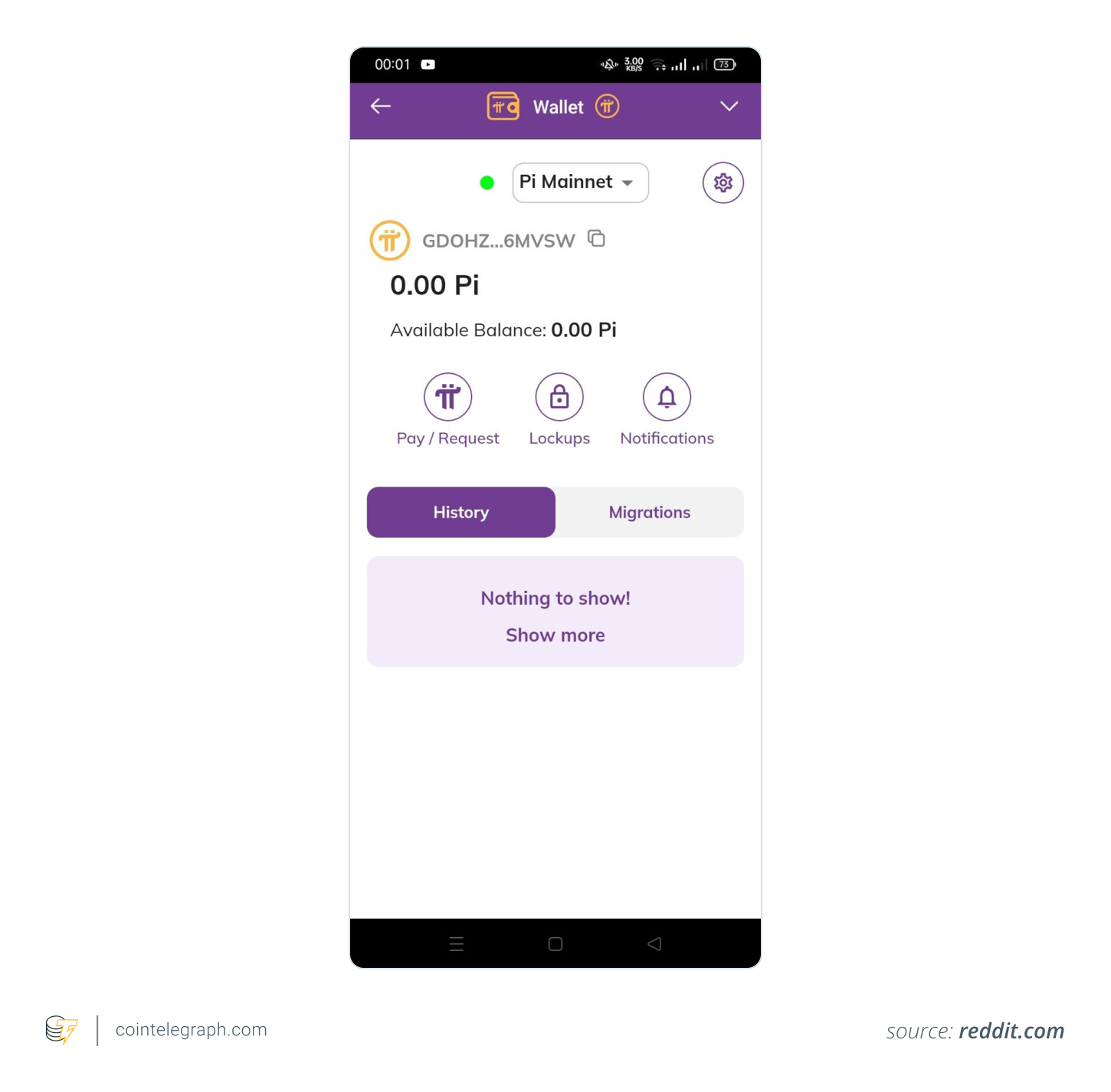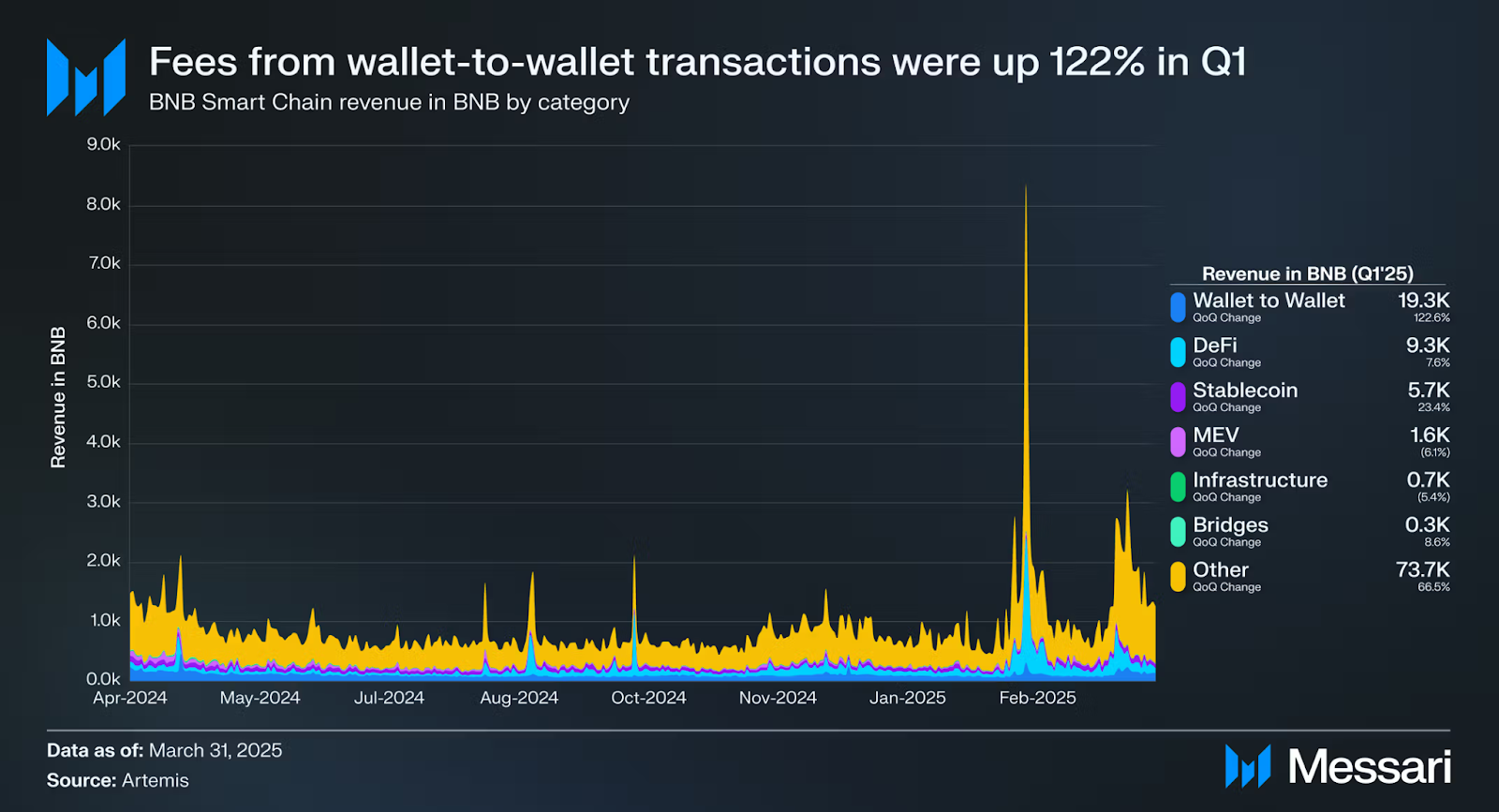
Key takeout
-
Set up your PI wallet and pin it with a 24-word seed phrase before transferring the coin.
-
In many cases, transfer and sell PI coins is required on both CEXS and P2P platforms.
-
You can sell PIs via CEXS or P2P platforms, each offering a different security, speed and control.
-
Experts’ opinions about the future of Pi vary, so we always do our own research (Dyor) before selling or holding it.
If you’re here, you probably already know what Pi Coin is and just want to find a way to sell it. However, a summary is waiting for you in case you need it.
The project will pitch itself as a way to democratize crypto access through mobile mining, but there are some major concerns that are difficult to ignore.
-
While PI claims more than 60 million users, Blockchain Explorer only displays around 911 million wallets, with close to 20,000 daily active users.
-
Six years after its launch, the PI mainnet is still technically “enclosed” so it’s fully in control by the core team.
-
Inflation is a major problem. The circulation supply doubled in just one year, sitting at about 5.56 billion tokens in early 2025.
-
The Customer Customer (KYC) process raises serious privacy concerns, particularly through user data being processed by local voters.
-
Despite low sales costs, it relies heavily on in-app ads and is designed to engage users without any clear utilities.
So let’s talk about pricing.
Pi Coin reached an all-time high of $2.98 when early trading began to occur on selected exchanges in late February 2024. Since then it has been a nearly straight downward slide.
As of April 28, 2025, PI Coin (PI) is trading approximately $0.62. In other words, it has dropped by about 79% from the peak. Worse, it shows no signs of recovery. Prices are dangerously close to an all-time low, as thin liquidity and reduced volumes of decline in most exchanges.
Therefore, as the future of the project and the markets where the markets show little faith, many early miners and owners have decided that it may be time to abandon the ship.
Here’s exactly how to do that. It’s step by step.
Did you know? The PI AD network launched in 2024 allows developers to monetize their apps by displaying ads within the PI ecosystem. Advertisers pay with PIs, creating a circular economy where developers acquire PIs for user engagement and users benefit from relevant ads.
Set up your PI wallet
Once you decide to sell PI coins, the first step is to put them in a wallet that controls the coins. To do this, you need to set up a wallet. Here’s how to get started:
First, download the PI browser app. This is available in both the Google Play Store and the App Store. Once installed, open it and go to the “wallet.pi” page in your browser.
There you will be guided by setting up a PI wallet. It’s a simple process, but don’t hurry. When you create a wallet, you will be given a 24-word seed phrase. This is important. The PI network does not store passphrases. If you lose it, you will lose access to your wallet and your PI forever. So, write it down, store it offline and keep it safe somewhere.
If you are stuck or need a walkthrough, the official PI Network support portal has detailed instructions.
Transfer PI coins to your wallet
Setting up your wallet is only half of your job. To actually move a PI coin, you must first complete the KYC verification.
Open the PI Network app, go to the KYC section and follow the prompts to confirm your identity. Once KYC is approved, the ability to transfer mined coins will be discontinued.
From there, head to the app’s mainnet checklist. This explains the final step. Once everything is checked off, transferable balances will be sent directly to your PI wallet.
Heads Up: Transfers are not always instantaneous. Don’t panic if it takes a little while, especially if your network is busy, as there may be delays. Make sure the app has been updated and all necessary steps have been completed.
Once that’s done, you’re finally ready to go on sale.
Did you know? The Pi network moved to the open mainnet in February 2025, but users must use official PI wallets for their withdrawals, and the network cites security and KYC requirements.
Choose where you want to sell PI coins
Now that the PI coins have arrived in your wallet, there are two main options: central exchange (CEXS) or peer-to-peer (P2P) platforms. Each has its own advantages and disadvantages, depending on the amount of security, speed and control you want.
Selling PIs with central exchange (CEXS)
If you want the easiest experience, CEXS is the perfect choice. These platforms provide a structured environment where transactions are made quickly. Usually there is a demand for buyers as well.
As of April 2025, there are several CEXSs that can sell PI coins.
-
okx: Supports multiple trading pairs (PI/USDT, PI/TRY, PI/USD, PI/EUR, PI/BRL, etc.). The fees are fairly low (0.08% for manufacturers and 0.10% for trustees), and the withdrawal fees vary depending on what you leave.
-
mexc: Provides pairs such as PI/USDT, PI/USDC, PI/EUR, and more. Is this a good thing? It costs 0% manufacturer fees and 0.05% trustee fees, making it a cost-effective option.
-
gate.io: Lists PI/USDT pairs. The transaction fee is 0.1% overall. Please note that Gate.io requires full KYC verification before you start.
-
BitGet: We also offer PI/USDT transactions at a rate of 0.1%. However, Bitet is not available in certain countries (including the US), so please check if you have access before signing up.
Things to keep in mind when choosing CEX:
-
Usually you need KYC – expect to submit your ID document.
-
Trade Pair Issues – If you need USDT, make sure the exchange offers.
-
Prices vary, so if you are selling large chunks, compare the platforms.
-
Liquidity Count – The more active the market, the better the price will be.
A step-by-step guide to selling PI coins in central exchange
First, you need to create an account with a crypto exchange that supports PI transactions. Sign up just like you do with our online services. You will then be asked to do KYC verification by uploading your ID document and sometimes a short selfie video to prove you’re authentic. It takes a little effort, but without it you can’t trade.
Once your account has been set up and verified, it’s time to deposit your PI coins. Log in to your new Exchange account, go to the Deposit section and select “Pi Coin” from the list. A special wallet address is obtained. Carefully copy that address. Next, open your PI wallet, paste the deposit address, and send the coin. Forwarding can take a little longer depending on the network traffic, so don’t stress if it’s not instantaneous.
Once the PI coin appears in the exchange balance, you are ready to sell. Go to trading area and find the right trading pair. For most people, it will be PI/USDT (selling PI from Tether, a popular Stablecoin).
If you want to run faster, you can either sell at market price or set a “limit order” if you are willing to wait for a better price.
Finally, once the PI is sold, there is a USDT (or the currency of your choice) sitting in your account. From there you can withdraw funds – convert it into a fiat, like a US dollar or euro, and send it to a bank or transfer the cipher to another wallet.
Pi P2P sale
If you prefer to trade directly with others, you can also sell PI coins via the P2P platform. These give you more flexibility, but are more risky.
Some options include:
-
Coin Scroll: The P2P platform, built specifically for PI transactions, is accessible via a PI browser.
-
Telegrams and discordant communities: Some PI trading communities are very active, but you need to direct people who are dealing with it carefully to the vet.
Tips for keeping yourself safe with P2P sales:
-
Always use Escrow Services (Coinskro offers this) and keep the funds until both sides are confirmed.
-
Check who you are trading – check history if possible.
-
Please do not overshare personal or bank information.
-
Start trading with someone for the first time with a small amount and start testing your reliability.
Did you know? In 2022, losses from peer-to-peer (P2P) payment fraud in the US reached an estimated $1.7 billion, up 90% over the previous year.
A step-by-step guide to selling Pi Coin P2P
Once you have selected a platform, you may need to create an account, and verify your identity depending on the service. From there, there are two options. 1) You can list PI coins for sale (say by the amount and price we offer) or 2) If you want to move faster, browse existing purchase offers.
If you already have someone looking to buy a PI for USDT (or another currency you need), you can simply respond to ads rather than your own setup. This could be an easier way to complete the transaction without waiting for the buyer to come to you.
Once you have found a match and agree to the terms, always use escrow services whenever possible. Escrow securely holds buyer payments when transferring PI coins, adding a critical layer of protection on both sides.
Here’s a typical P2P trading mechanism:
-
The buyer will send the payment to the escrow system → forward the PI coin to the wallet address provided → Once you have confirmed that you have received the coin, Escrow will release the money to you.
As long as you stick to the rules of the platform, it’s smooth and stressful.
If you are considering going outside the escrow system – be very careful, for example, as someone will offer you a “better deal”. We always use secure and trackable payment methods and do not overshare personal or financial information. If you’re new to dealing with a newcomer, start with a small amount to test your reliability before committing to a larger sale.
Do I need to sell or hold PI coins?
If you’ve made it this far, you’re probably still calculating the big question: Do you need to sell PI coins now or do you hang a little longer?
This article covers many red flags, from slow developments in the mainnet to inflation concerns and privacy issues, but it’s fair to point out that the future is not written in stone. There are still experts out there looking at the pathways for PI networks to grow.
For example, Concodex analysts could see Pi Coin averaged around $1.71 in 2025, reaching a maximum of $2.94. CoindCX will have PI transactions between $2.75 and $2.80 by the end of the year, assuming that all of the support for PI is broken. Full mainnet launch (as it works with a “firewall” that restricts external connections), increased adoption and improved overall market environment.
Of course, these are mere predictions and not guarantees. I also already know that if you spend time with Crypto, things can sway wildly in either direction.
So the Golden Rules apply here. We will conduct our own research (dyor). While expert opinions can be helpful, they are not a substitute for doing your own homework. Reconfirm the source, stay skeptical, and always think about your financial goals and risk tolerance before moving on.
Whether you sell your PI now or embark on it to see what the future holds, make sure it’s comfortable to choose (and fits your bigger financial situation).
This article does not include investment advice or recommendations. All investment and trading movements include risk and readers must do their own research when making decisions.








